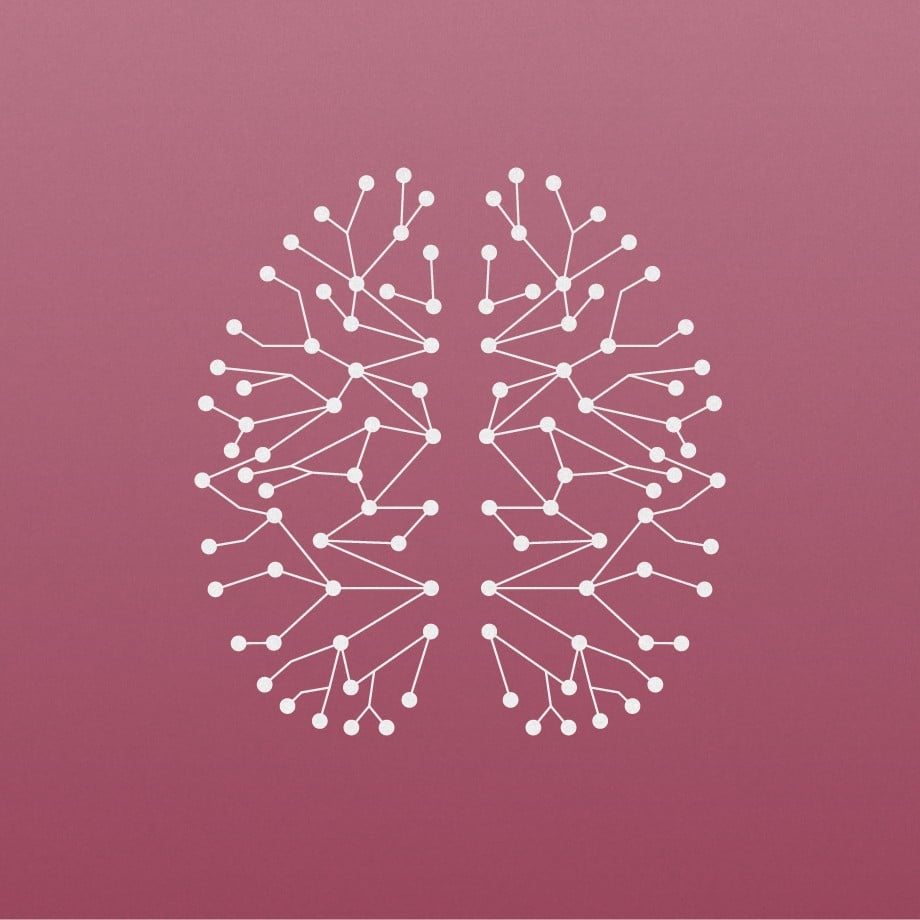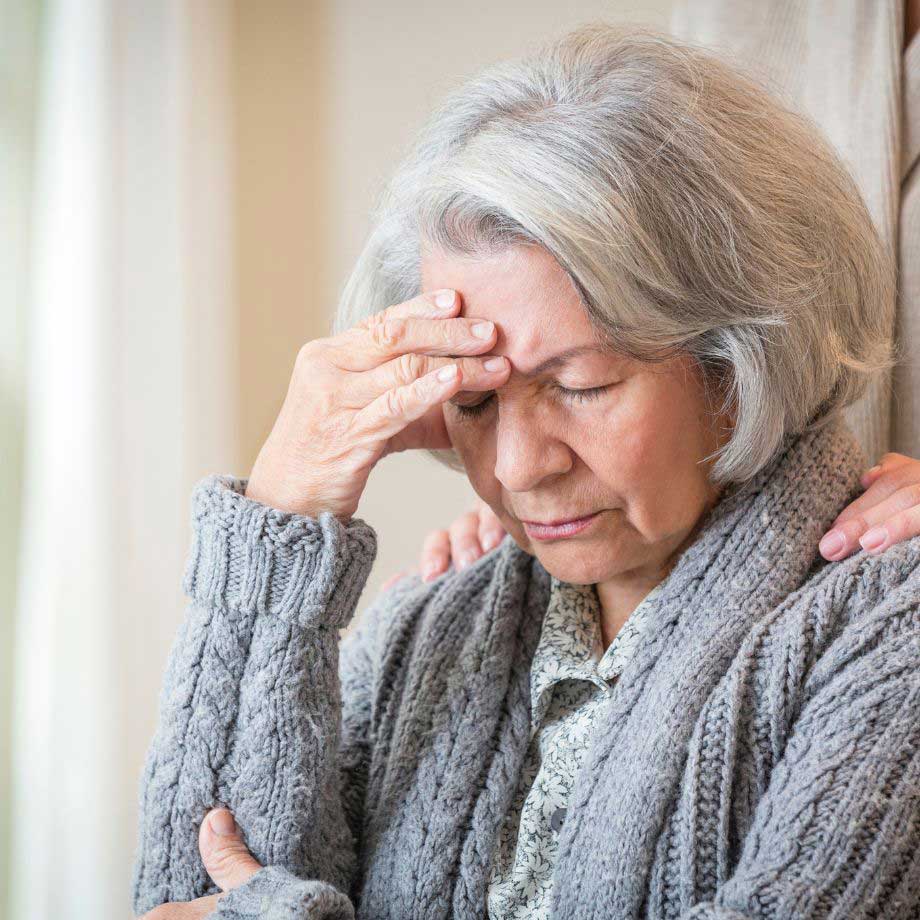
Perimenstrual phase, headache, and emergency department visits: Is there a link?
Almost 60% of women with migraine self-report a relationship between their menstrual cycle and migraine.1 Both migraine and tension-type headache tend to be more frequent during menstruation.2 Moreover, menstrual migraine episodes last longer, are more difficult to treat and result in a larger burden to patients compared to non-menstrual migraine episodes.2,3 At the recent Annual Meeting of the American Academy of Neurology (AAN), held virtually 17–22 April 2021, Dr. Crystal Jicha (Montefiore Medical Center, Bronx, New York, USA) presented a poster on the possible link between the hormonal fluctuations of the menstrual cycle and the need for emergency department (ED) care, a common resource used for the management of acute headache.
Hormonal fluctuations can have a significant impact on the occurrence of both migraine and tension-type headache.
Headache and hormonal cycles in women
Migraine is usually more frequent, severe and refractory to treat during the perimenstrual interval than in any other menstrual phase due to the drastic withdrawal of estrogen levels.2 Indeed, low levels of estrogen correlate with high levels of calcitonin gene-related peptide (CGRP), which could explain the perimenstrual sensitization of the trigeminovascular system.2,4 As reported by Dr. Jicha, tension-type headache also increases in frequency during the perimenstrual phase.
ED presentations are more frequent during the preovulatory than the perimenstrual phase
In her poster, Dr. Jicha presented a study that included 4996 women of reproductive age who went to the Montefiore ED from 2017 to 2019 for headache as their primary complaint. The menstrual cycle of study participants at the moment of ED visit was estimated based on a 28-day cycle, setting Day 1 as the start of menstruation of their last menstrual period (LMP). The menstrual cycle was divided into four phases: preovulatory (Days 5–11), periovulatory (Days 12–18), postovulatory (Days 19–25), and perimenstrual (Days 26–4).
A total of 4996 women of reproductive age participated in the study, with 4082 (81.7%) of them presenting to an ED for headache within the 28 days of their LMP. Most of study participants were in the preovulatory phase (1154/4996; 25.5%), followed by perimenstrual phase (1272/4996; 23.1%), periovulatory phase (1003/4996; 20.1%) and postovulatory phase (653/4996; 13.1%). Furthermore, more participants presented to ED on Day 1 than on any other day of the menstrual cycle. Notably, significantly more women requested an ED intervention for headache during the preovulatory than in the perimenstrual phase.
Hormonal fluctuations are one of many factors that may be involved in headache and ED visits
According to Dr. Jicha, the high number of ED visits for headache in the preovulatory phase is unexpected. She explained that the rise of estrogen levels observed in the preovulatory phase usually causes less frequent and severe headache attacks. Dr. Jicha concluded that these results suggest that presentation to the ED for headache can be independent of hormonal levels, and other factors may dictate women seeking headache care. However, ED visits during the preovulatory interval can also result from a delay in seeking care for perimenstrual headache attacks, as supported by the high number of ED presentations on the first day of menstruation.
Pavlović JM, Stewart WF, Bruce CA, et al. Burden of migraine related to menses: results from the AMPP study. J Headache Pain 2015;16:24.
Delaruelle Z, Ivanova TA, Khan S, et al. Male and female sex hormones in primary headaches. J Headache Pain 2018;19(1):117.
Al-Hassany L, Haas J, Piccininni M, et al. Giving Researchers a Headache - Sex and Gender Differences in Migraine. Front Neurol 2020;11:549038.
Paredes S, Cantillo S, Candido KD, et al. An Association of Serotonin with Pain Disorders and Its Modulation by Estrogens. Int J Mol Sci 2019;20(22):5729.



